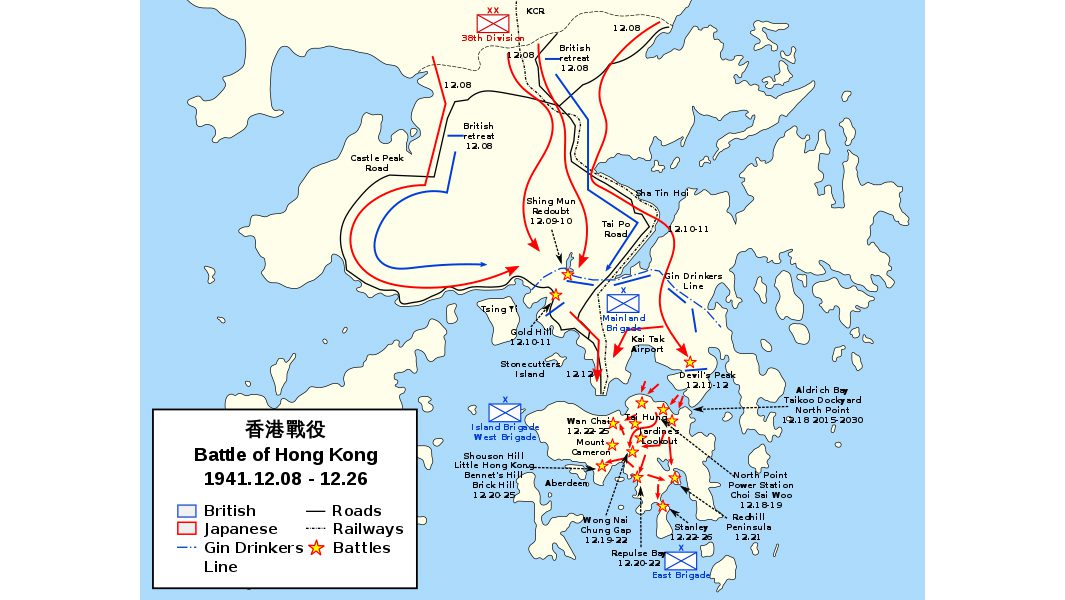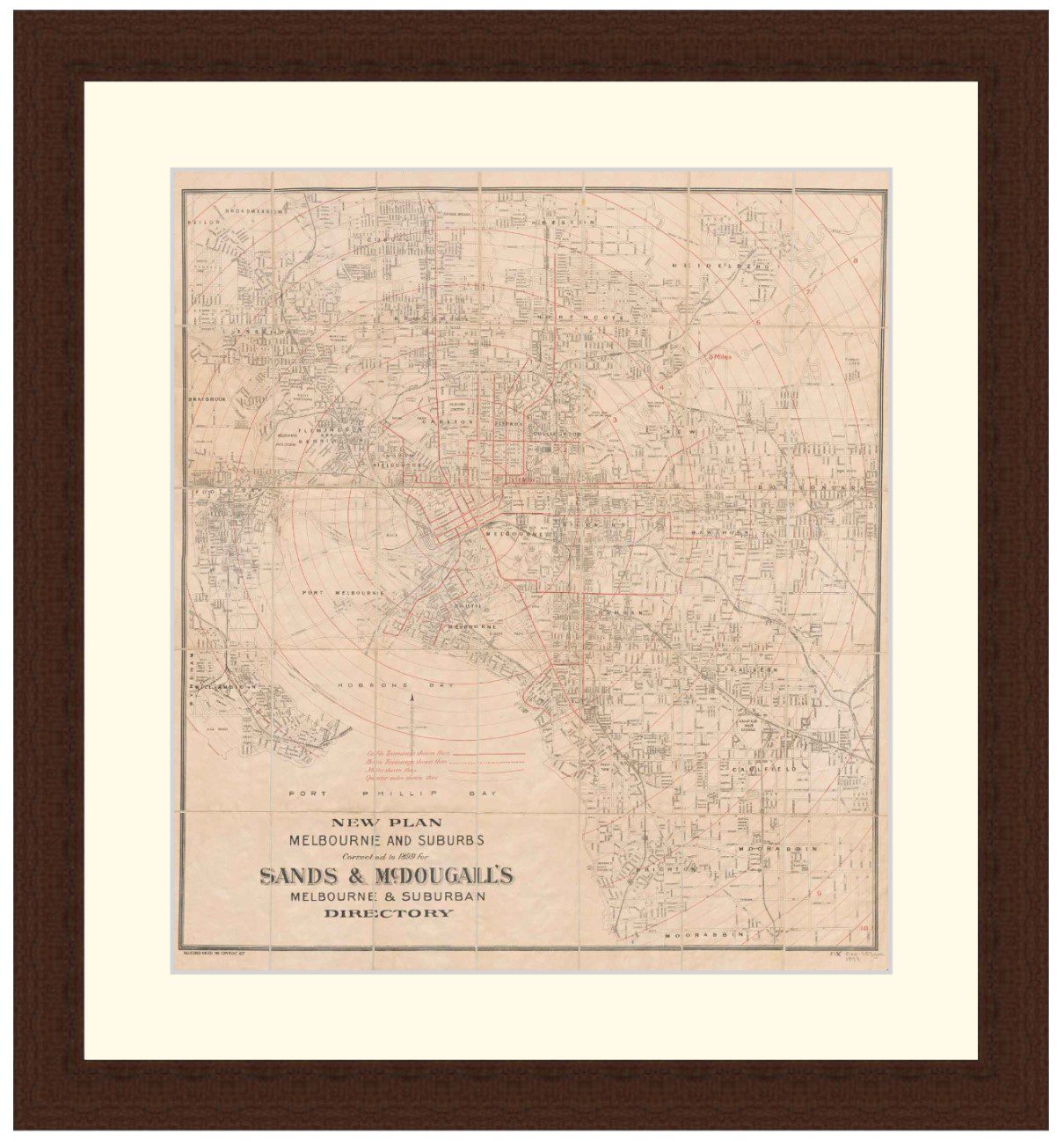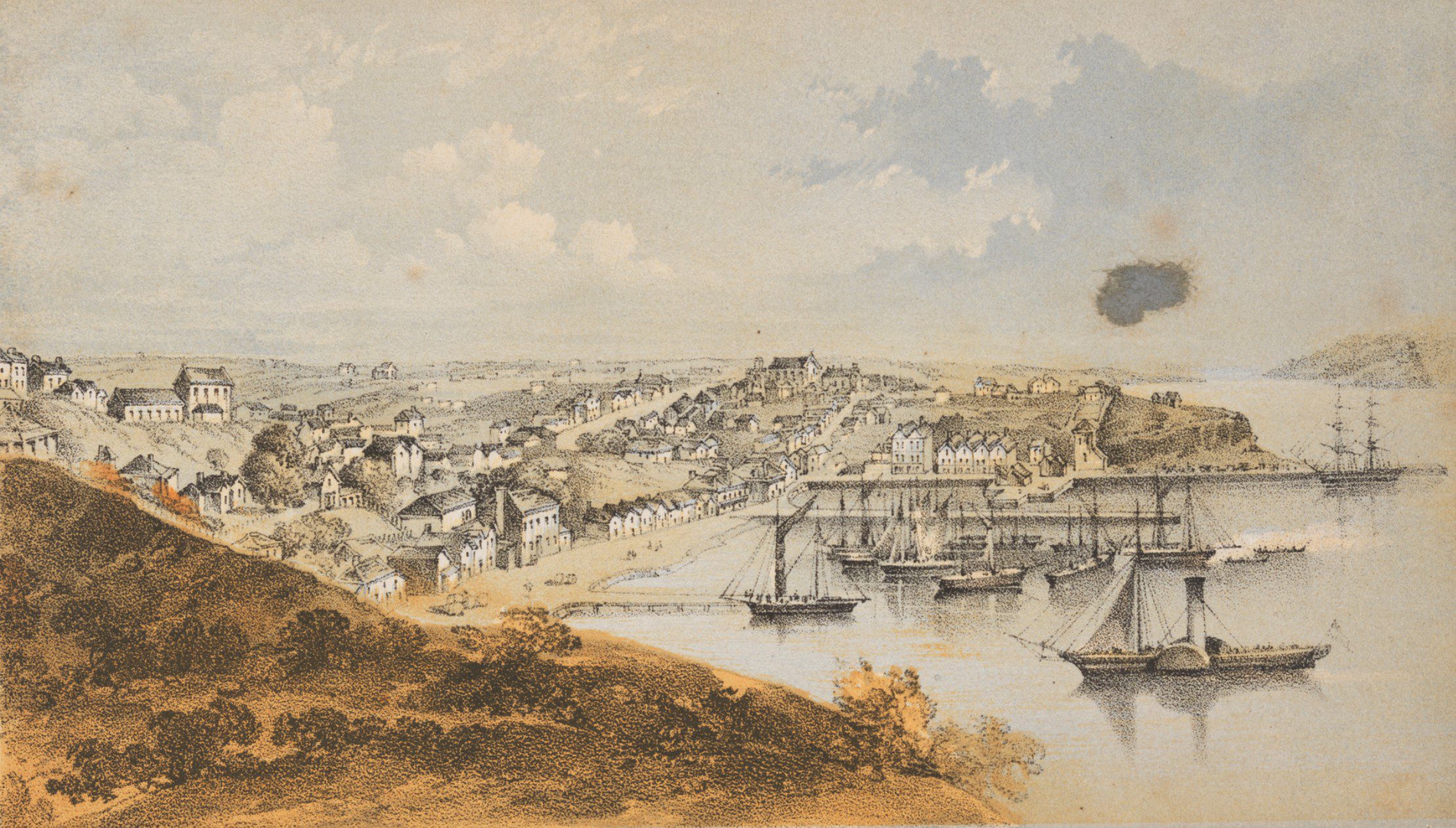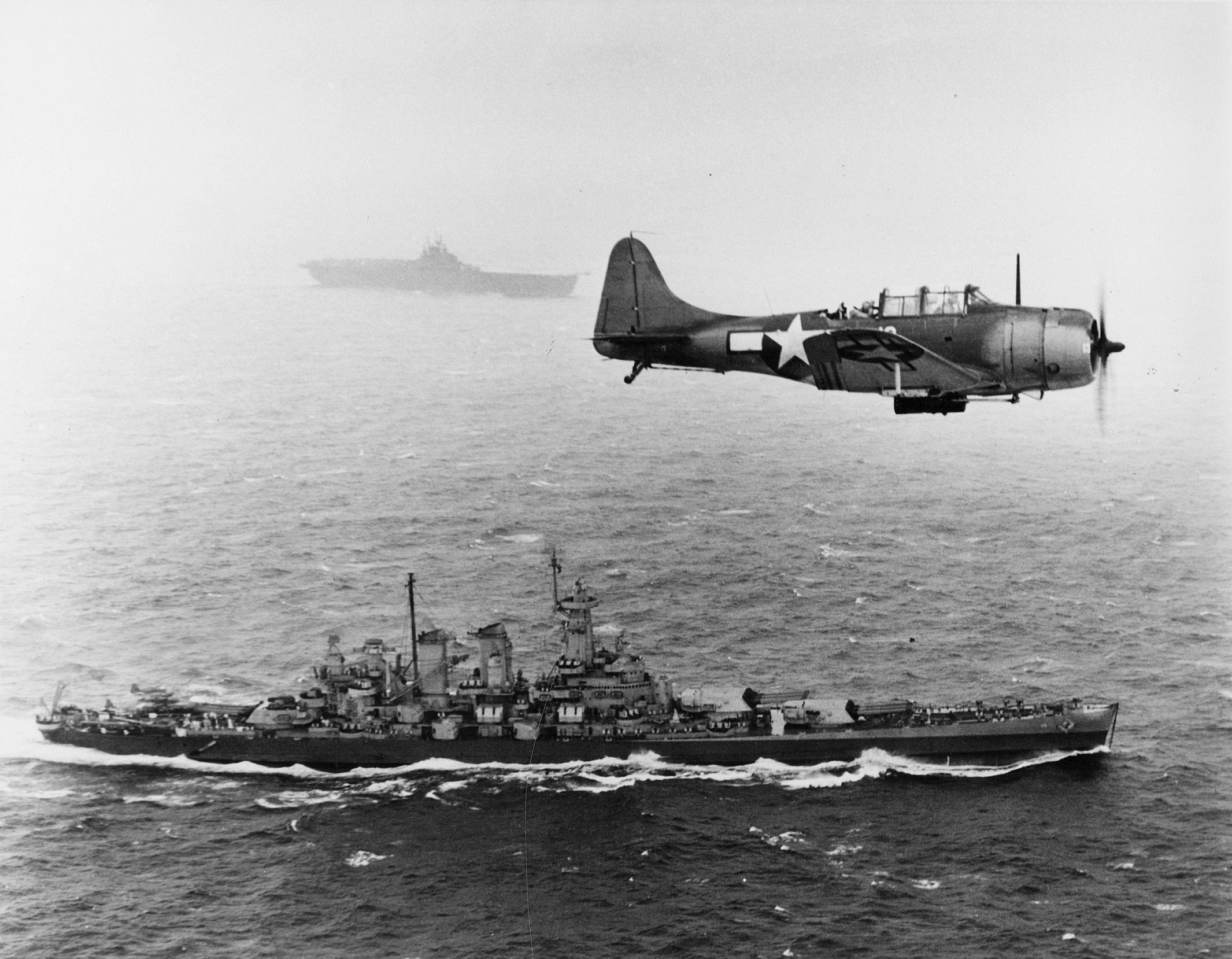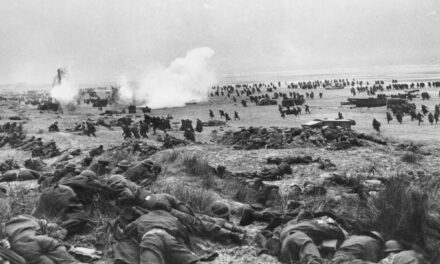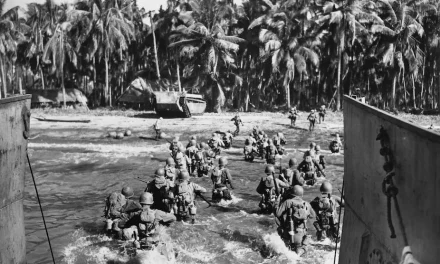Reading time: 6 minutes
Within 12 hours of Pearl Harbour being bombed by the Japanese at the outset of their entry to World War 2, they began their invasion of the British Territory of Hong Kong on the 7th December 1941. The British didn’t just roll over as is assumed but instead followed Prime Minister Winston Churchill’s command – “Resist to the end”.
By Richard Shrubb.

A Good Commentary on the Defence
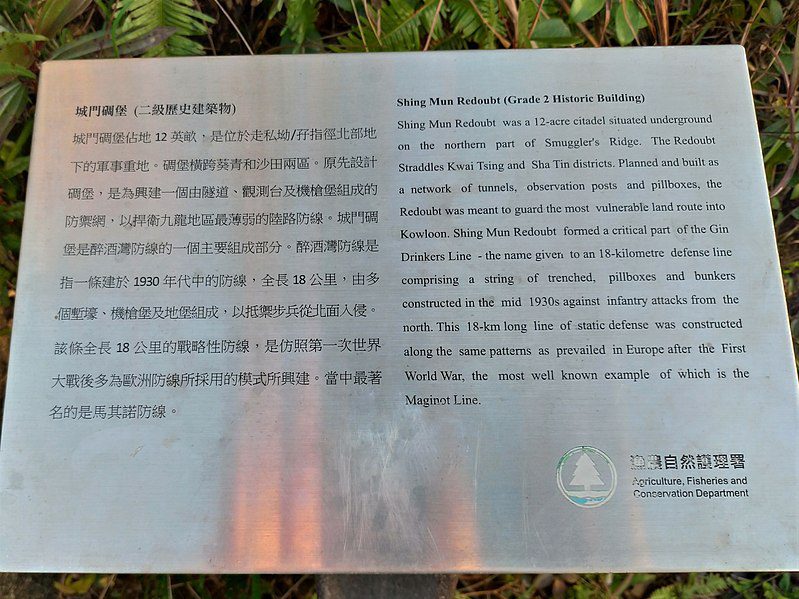
Author of the book Battle for Hong Kong, December 1941, Philip Cracknell discusses the British defence of the territory in some detail in this hour long podcast at the end of this article.
In it, he discusses how the Indian, Canadian and Scottish soldiers defended the territory extremely well given they were hampered by circumstance. On the manpower front:
- The Royal Scots Regiment suffered an outbreak of malaria and had just 36 men of a 120 man company fit to fight. Consequently they were criticised when two of their undermanned companies broke and ran.
- The Canadian Army regiments were largely raw recruits and had arrived just two weeks before.
The British Empire soldiers fought bravely, holding off far superior manpower on the part of the Japanese for 18 days. Cracknell estimates that when the defence of Hong Kong Island itself came into play, the Japanese had 10 men attacking for every one British soldier defending.
The example of Company Sergeant-Major Osborn bears this out. His Victoria Cross citation says it all:
‘During the afternoon the Company was cut off from the Battalion and completely surrounded by the enemy who were able to approach to within grenade throwing distance of the slight depression which the Company was holding. Several enemy grenades were thrown which Company Sergeant-Major Osborn picked up and threw back. The enemy threw a grenade which landed in a position where it was impossible to pick it up and return it in time. Shouting a warning to his comrades this gallant Warrant Officer threw himself on the grenade which exploded killing him instantly. His self-sacrifice undoubtedly saved the lives of many others.
Company Sergeant-Major Osborn was an inspiring example to all throughout the defence which he assisted so magnificently in maintaining against an overwhelming enemy force for over eight and a half hours and in his death he displayed the highest quality of heroism and self-sacrifice.’
Mark Felton’s video provides an excellent overview of the battle.
The Effectiveness of the Defence
Lawrence Lai Wai-Chung published an essay in the Journal of the Hong Kong Branch of the Royal Asiatic Society where he also shows that the defenders punched well above their weight.
He argues, “it should be recognised… that the Hong Kong garrison, did not only (a) manage to hold out for a much longer period of time, (b) sustain a much lower loss rate, as weighed by relative strength, than its adversary…”
The plans for the defence of the territory seems clear to be a managed retreat as opposed to a complete repulse as will be discussed later. The forward defence position, the Gin Drinkers Line (sometimes known as the ‘Oriental Maginot Line’) was extremely effective and if fully manned to its design could have held out for far longer than it did. Wai-Chung shows that even while undermanned the defenders were extremely well equipped: “The defenders had one [artillery] gun per 85 persons and the Japanese one per 197”.

A second podcast at the end of this article describes the defence and goes into detail of the planning and events that took place prior to the battle.
Building the Gin Drinkers Line was a haphazard affair that was hampered by the disbelief that Hong Kong would ever need to be defended. Though complete by the time of the invasion itself, and careful plans made for the defence, there was still an attitude among some Hong Kong residents and society that it wouldn’t happen. This view didn’t change until after the Japanese actually started the attack.
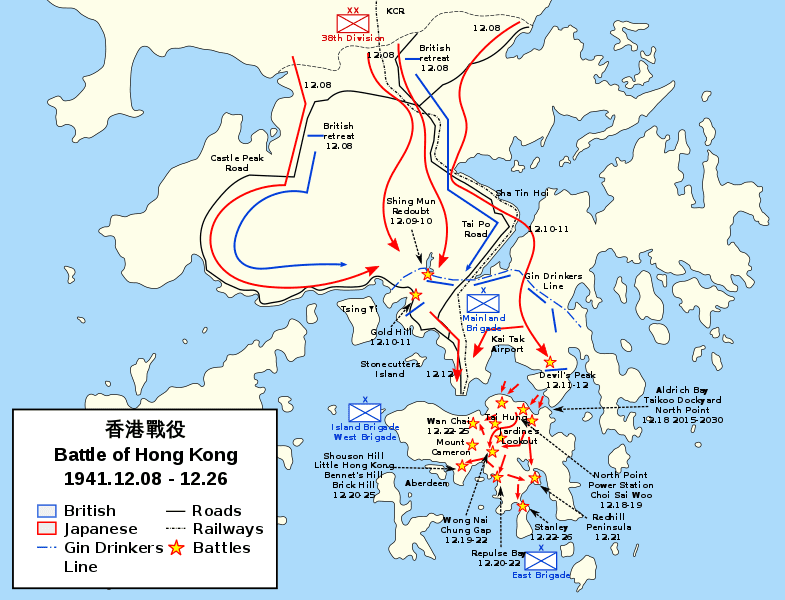
Essentially the plans were in place to hold off an attack until they could get the Royal Navy in to relieve the garrison but London failed to fulfil its end of the deal.
The two nearest RN capital ships, the Repulse and Prince of Wales were engaged off Malaya and even if not sunk on the 10th December, three days after the Japanese invaded Hong Kong, were unlikely to have been deployed for relief. One can see this in the fact that in the days before the attack much of the fleet based in Hong Kong had been sent to Singapore, leaving only a token force to defend the territory.
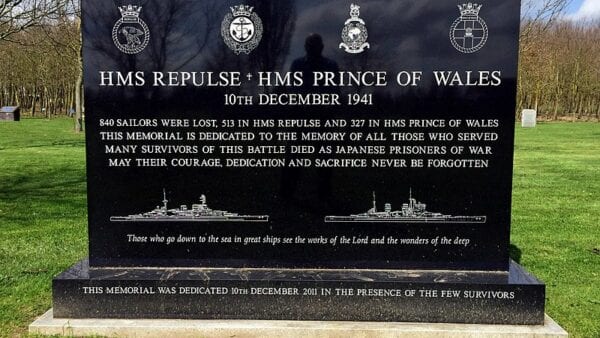
British government commitment to the defence of Hong Kong is also shown in the choice of troops send to defend the territory. The Royal Rifles of Canada and The Winnipeg Grenadiers formed the bulk of the force and had no battle experience. They had only arrived in Hong Kong a couple of weeks before. The Hong Kong Volunteer Defence Corps were similarly inexperienced, in some cases not even knowing how to operate the weapons they were issued on the day of the invasion.
Project ’44 has created an amazing interactive map detailing the defence of Hong Kong.
As to the Royal Air Force? What force they had was bombed out of existence on the ground and wouldn’t have stood a chance should it have got airborne. RAF Kai Tak had only five aeroplanes: two Supermarine Walrus amphibious aircraft and three out-dated Vickers Vildebeest torpedo-reconnaissance bombers. An earlier request for a fighter squadron had been rejected and the nearest fully operational RAF base was in Kota Bharu, Malaya, nearly 2,250 km (1,400 mi) away.
Battle of Hong Kong – A Savage Christmas 1941 video below goes into significant detail, particularly of the Canadian commitment.
A Lack of Strategic Commitment?
The local military planning and actual defence of Hong Kong was generally carried out well and with great bravery. However in the lead up to the invasion it is clear that the British government felt that Hong Kong couldn’t be defended effectively. They then fell into a state of inertia where they wouldn’t commit sufficient forces to mount a viable defence, but also wouldn’t accept that they should withdraw. Therefore the forces in Hong Kong couldn’t win, wouldn’t be relieved, but must “Resist to the end”. That they did so, holding out for 18 days, shows bravery of the highest order.
Some great podcasts that discuss the Battle of Hong Kong.
Articles You May Like
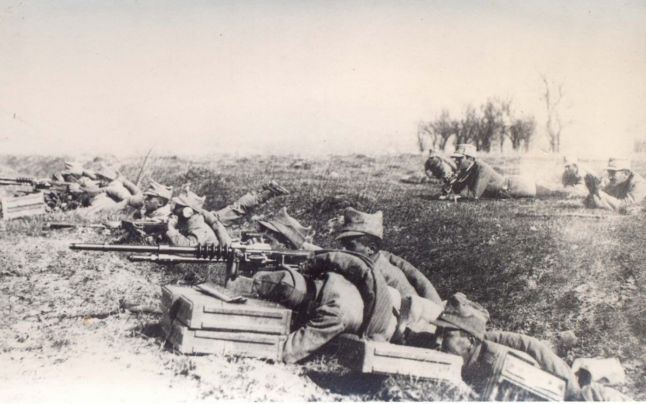
How Romania’s WW1 Gamble Paid Off Spectacularly
Reading time: 6 minutes
The Great War was a major turning point for virtually all European countries, but not too many of them enjoyed a positive outcome. Although it took two years for Romania to enter the war and another two for the conflict to reach a conclusion, the result was an unlikely unification of its historical lands and the beginning of the most prosperous period in the nation’s history.
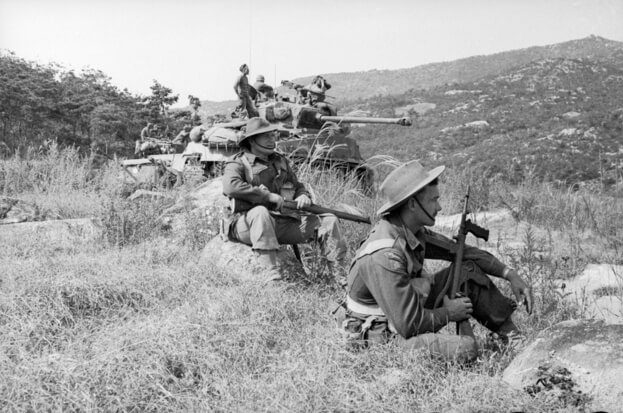
‘Australia’s smallest peacekeeping force’ in the unknown prelude to the Korean War
In the years leading up to the Korean War, the two future combatants were already fighting each other in a virtually undocumented guerrilla war. North Korean infiltrators and Republic of Korea (ROK) combat units skirmished inside South Korean borders for most of 1949 and early 1950. Thousands were killed. Both sides were accused of provocation and starting local engagements.
The text of this article was commissioned by History Guild as part of our work to improve historical literacy. If you would like to reproduce it please get in touch via this form.

